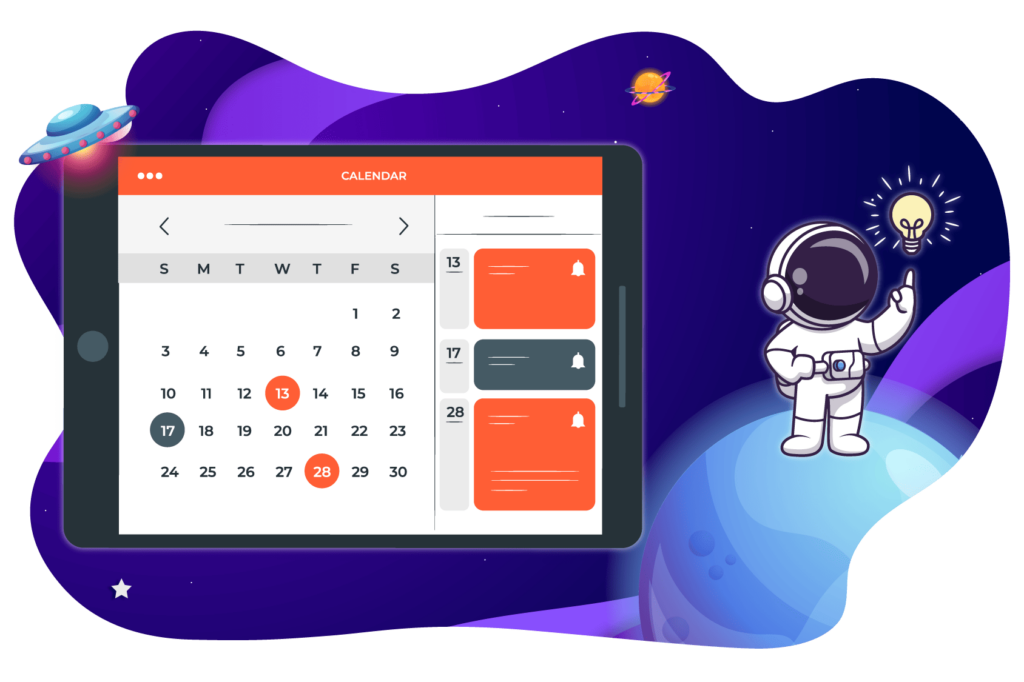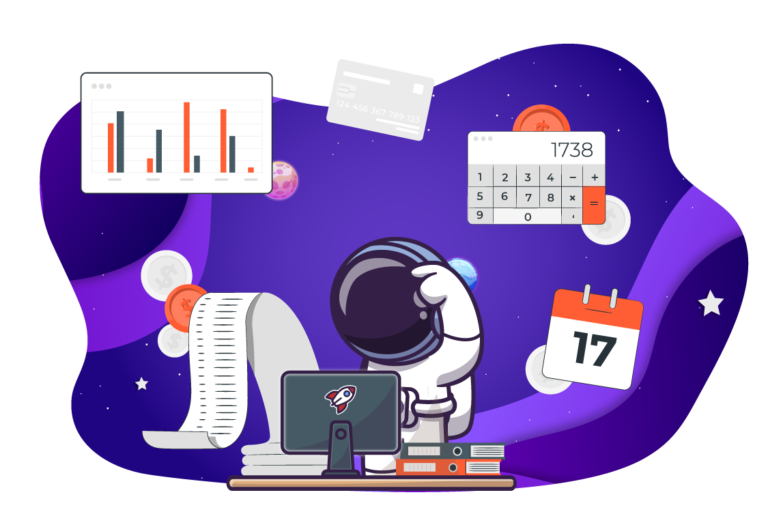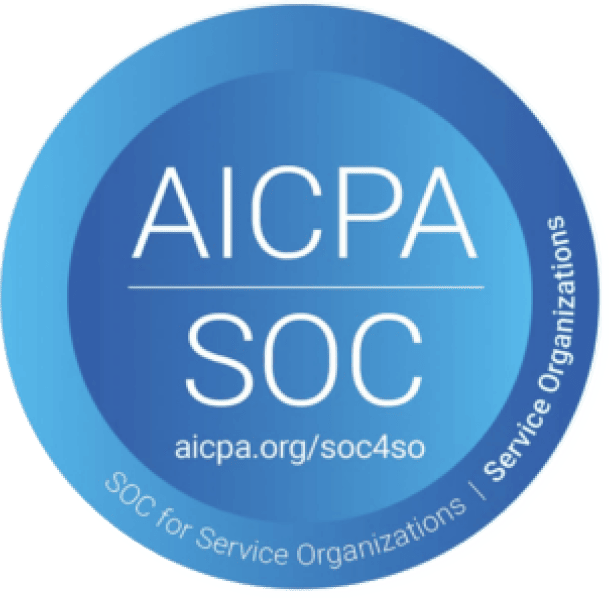In today’s fast-paced business environment, time is a precious commodity. Every second counts and every task needs to be optimized for efficiency. One of the most significant sources of time wastage in any organization is the booking meetings process. It is often riddled with friction, leading to unnecessary delays, confusion, and frustration. Fortunately, with a few simple tweaks, you can significantly reduce the friction in your meeting booking process. In this article, we will explore a few practical tips to help you streamline your booking meetings process and reach the ultimate goal of maximizing productivity.
Tips to Reduce Friction in Booking Meetings
Automate Your Meeting Scheduling
One of the most significant sources of friction in the meeting-booking process is the back-and-forth communication required to find a mutually suitable time for everyone. Automating your meeting scheduling can save you a lot of time and effort. You can use Lodago to let your team members and clients book meetings at their convenience. With Lodago, you can actually book internal and external meetings at your convenience in a single click and also evade spam/junk filters by integrating your real-time calendar inside the email and letting your prospects book meetings directly.
Use Meeting Booking Templates
Create meeting booking templates for different types of meetings, such as one-on-ones, team meetings, and client meetings. These templates should include all the necessary information, such as the agenda, attendees, location, and date and time. Having a standard meeting booking template makes the process faster and more efficient, as you won’t have to start from scratch each time you need to book a meeting.
Leverage Calendar Integration
Calendar integration is a powerful way to sync your calendar with your meeting scheduling software. This integration ensures that your schedule is up-to-date and that your availability is accurately reflected in your booking system. It also prevents double booking and eliminates the need for manual updates.
Define Clear Meeting Objectives
Before scheduling any meeting, you need to define clear meeting objectives. What is the purpose of the meeting, and what outcomes do you hope to achieve? Having a clear understanding of the meeting objectives will ensure that you only schedule meetings that are essential and that all attendees are clear on what is expected of them.
Limit Meeting Duration
Another way to reduce the friction in your booking meetings process is to limit the meeting duration. Shorter meetings are often more productive, as they force attendees to focus on the most critical issues. They also free up more time for other essential tasks, making your team members more efficient.
Minimize Attendees
The more people you invite to a meeting, the longer it will take to schedule, and the more challenging it will be to coordinate everyone’s schedules. Minimizing the number of attendees to only those who are essential to the meeting’s objectives can make the scheduling process much easier and faster.
Avoid Meeting Overload
Too many meetings can lead to burnout and reduced productivity. To reduce the friction in your booking meetings process, you need to limit the number of meetings you schedule. Only schedule meetings that are necessary and avoid scheduling back-to-back meetings.
One way to limit the number of meetings you schedule is to use a meeting agenda. A meeting agenda can help to ensure that you only schedule meetings when there is a clear purpose and desired outcome. Additionally, an agenda can help to keep the meeting on track and prevent it from veering off-topic, which can help to reduce the amount of time needed for the meeting.
Another way to limit the number of meetings you schedule is to consider alternative forms of communication. For example, if you only need to share information or get a quick update, consider using email or instant messaging instead of scheduling a meeting. This can help to reduce the number of meetings on your schedule and free up time for more focused work.
It’s important to prioritize your time and energy. Be mindful of your own needs and schedule meetings at times when you are most productive and alert. Avoid scheduling meetings during your most vulnerable times of day, such as right after lunch or at the end of the day. This can help to reduce the risk of burnout and ensure that you are able to stay focused and engaged during meetings.
Provide Clear Meeting Instructions
Once you have scheduled a meeting, provide clear instructions to all attendees. Include the meeting agenda, the location, the time, and any other essential information. Providing clear instructions reduces confusion and ensures that everyone is on the same page.
Automate reminders
It’s common for people to forget about scheduled appointments, and that can lead to missed meetings, wasted time, and lost business opportunities. That’s why it’s essential to send out automated reminders to participants before the meeting, and a follow-up after the meeting.
Automated reminders can save you time and energy, and they can also improve your attendees’ attendance rate. With an appointment scheduling software, you can easily set up automatic reminders to be sent out at specific intervals, such as 24 hours before the meeting and an hour before the meeting. This will ensure that everyone knows when and where they need to be, and they’ll be less likely to forget.
Use a centralized calendar
If you’re scheduling meetings with multiple participants, it can be challenging to find a time that works for everyone. One solution is to use a centralized calendar that everyone can access, such as Google Calendar or Outlook. You can integrate any calendar with Lodago as well to seamlessly book individual or group meetings with your clients and colleagues in a single click.
By using a centralized calendar, you can see everyone’s availability in one place, making it easier to find a time that works for everyone. You can also send out meeting invitations directly from the calendar, and participants can accept or decline the invitation with just a click.
Consider time zones
If you’re scheduling meetings with participants from different time zones, it’s important to consider the time difference when setting up the meeting. This can be a challenge, especially if you’re working with people from all over the world.
One solution is to use an appointment scheduling software that automatically adjusts the meeting time based on the participants’ time zones. This can save you time and ensure that everyone shows up at the right time, regardless of where they are in the world. Lodago personalizes your scheduling process by automatically displaying the right time zone.
If you work with team members or clients in different time zones, you need to use time-zone conversion tools to avoid confusion and scheduling errors. Tools like World Time Buddy, Every Time Zone, and Time Zone Ninja make it easy to convert time zones and ensure that everyone is on the same page.
Collect feedback
After the meeting is over, it’s important to collect feedback from participants to find out how you can improve the process. This can help you identify any issues or pain points and make adjustments for future meetings.
You can use an appointment scheduling software to automatically send out a survey after the meeting, or you can follow up with participants individually. This feedback can be invaluable, and it can help you fine-tune your meeting process over time.
In conclusion, the ability to communicate effectively is a crucial skill in both personal and professional contexts. It can determine the success of a relationship, project, or business venture. Effective communication requires active listening, clear articulation of thoughts and ideas, and the ability to adapt to the needs of the audience. It is important to consider nonverbal cues, such as tone of voice and body language, as they can greatly impact the message being conveyed.
The use of technology and digital communication has increased exponentially in recent years, but it should not replace face-to-face interactions. In fact, face-to-face communication is still the most effective way to build trust and rapport with others. However, in today’s fast-paced world, it is important to also develop strong digital communication skills to effectively communicate with remote teams and colleagues.
Improving communication skills is an ongoing process, and it requires practice and self-reflection. Seeking feedback from others and being open to constructive criticism can help identify areas of improvement. By continuously working on communication skills, individuals can enhance their personal and professional relationships, increase productivity, and achieve their goals.








